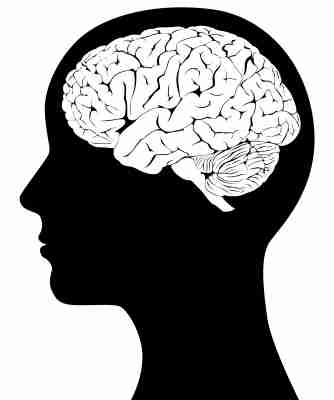Stigma of mental illness creates further problems for patients
The stigmatization of mental illness creates societal barriers for people with mental illness.
According to the National Alliance on Mental Illness (NAMI), 1 in 5 adults will experience a mental illness in any given year, but “Nearly 60% of adults with a mental illness didn’t receive mental health services in the previous year.”
It is estimated that adults living with a mental illness will live twenty-five years less than an adult without a mental health condition. Suicide is the tenth leading cause of death in the United States.
Ninety percent of suicide deaths are associated with some form of mental illness, especially depression, and can be prevented with appropriate care and support.
Yet according to a report by the Behavioral Risk Factor Surveillance System (BRFSS), only 25 percent of adults with a mental illness believed that society was compassionate and caring toward those with a mental health disorder.
This is not an unanticipated figure. There is a widespread societal stigma toward persons with mental illnesses. There are many phrases that are used in casual speech that express a negative attitude toward the mental illness. Phrases such as “psycho” are derogatory but used colloquially.
It is because of this that many people will ignore the symptoms of their disorder and avoid seeking assistance for fear of exclusion and judgment by friends, family and coworkers.
It is a common misconception that those who are mentally ill, especially those suffering from schizophrenia and bipolar disorders, are violent or dangerous. It is precisely these negative associations connected with mental health that prevents many from seeking treatment.
The media plays a large part in the stigmatization of mental illness. According to a Huffington Post article by Dustin DeMoss, “the majority of references to mental health — 63 percent — were either dismissive or negative.”
A lack of social support and a generally negative societal attitude toward the mentally ill makes it difficult for those suffering from mental illness to speak of their ailment.
Adults are not the only ones who suffer from mental illness. Children and teenagers are also susceptible. According to studies by the University of Washington, “One in 10 children have a diagnosable mental disorder in a given year”.
The most prevalent mental disorders that occur in children are depression, anxiety and attention deficit hyperactivity disorder (ADHD). The National Institute of Mental Health states that “children with anxiety disorders have atypical activity in specific brain areas”.
These disorders have tangible consequences for both adults and children. They can lead to poor performance in work and school.
For instance, depression, which is caused by neurological and environmental factors, can cause the person afflicted to experience fatigue, difficulty to remember details, difficulty with decision making, headaches, lack of concentration and lack of interest in activities.
In severe cases, a person with a mental disorder may require hospitalization. According to a fact sheet by NAMI the cost of serious mental illness is “$193.2 billion of lost earning every year”.
Despite these statistics, there are programs that exist to help those with mental illness and to help their families and friends as well. For instance, the NAMI’s In Our Own Voice presentation is one that seeks to promote awareness of mental illness and educate about recovery.
Proper professional care and social support are vital for treating mental illness in the United States. Equally important is the necessity to erase the stigma against those with mental illness and for mental illness to be treated with the same compassion as any other illness.

